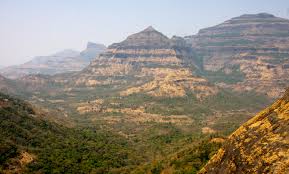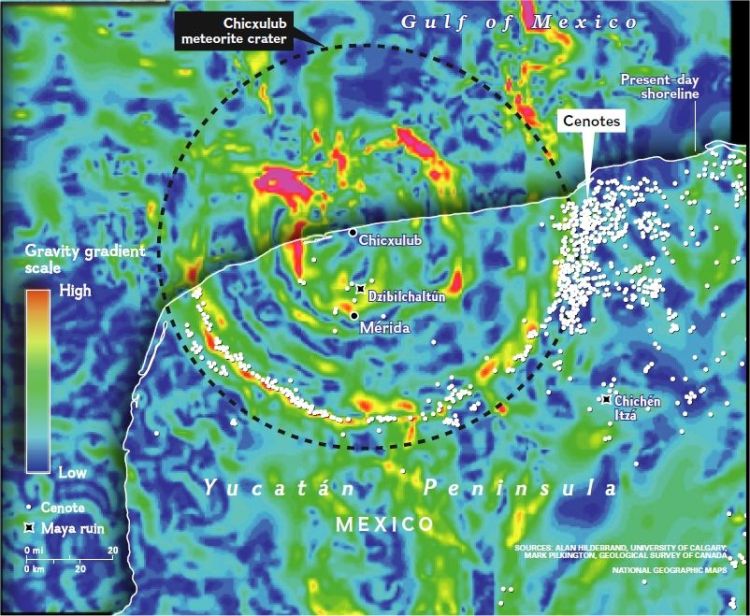
The Deccan traps
It was the best of times. It was the worst of times. The end of the Mesozoic era at ca. 66 million years ago (Ma) is marked by one of the most severe biotic crisis in Earth’s history: the Cretaceous-Paleogene (K-Pg) mass extinction. During the event, three-quarters of the plant and animal species on Earth disappeared, including non-avian dinosaurs, other vertebrates, marine reptiles and invertebrates, planktonic foraminifera and ammonites. Marine ecosystems lost about half of their species while freshwater environments shows low extinction rates, about 10% to 22% of genera.
Two events were linked to this mass extinction: the eruption of the Deccan Traps large igneous province, and the Chicxulub meteorite impact. Early work speculated that the Chicxulub impact triggered large-scale mantle melting and initiated the Deccan flood basalt eruption. Precise dating of both, the impact and the flood basalts, show that the earliest eruptions of the Deccan Traps predate the impact. But, the Chicxulub impact, and the enormous Wai Subgroup lava flows of the Deccan Traps continental flood basalts appear to have occurred very close together in time. Recent studies suggest a possible association between the Chicxulub impact and variations in the progression of Deccan Traps eruptions. Seismic modeling indicates that the impact could have generated seismic energy densities of order 0.1–1.0 J/m3 throughout the upper ∼200 km of Earth’s mantle, sufficient to trigger volcanic eruptions worldwide.

Gravity anomaly map of the Chicxulub impact structure (From Wikimedia Commons)
The oceanic crust records the history of temporal variations in seafloor magmatism continuously and at high resolution through geologic time. Around the time of the Chicxulub impact, 23,000 to 230,000 cubic miles of magma erupted out of the mid-ocean ridges, all over the globe. One of the largest eruptive events in Earth’s history. This pulse of global marine volcanism played an important role in the environmental crisis at the end of the Cretaceous, through magmatism by extruding large volumes of basalt and releasing volcanic gases or through enhanced hydrothermal venting driven by magmatic intrusion. Marine volcanism also provides a potential source of oceanic acidification.
The Chicxulub impact released an estimated energy equivalent of 100 teratonnes of TNT and produced high concentrations of dust, soot, and sulfate aerosols in the atmosphere. The decrease of sunlight caused a drastic short-term global reduction in temperature (15 °C on a global average, 11 °C over the ocean, and 28 °C over land). While the surface and lower atmosphere cooled, the tropopause became much warmer, eliminate the tropical cold trap and allow water vapor mixing ratios to increase to well over 1,000 ppmv in the stratosphere. Those events accelerated the destruction of the ozone layer. During this period, UV light was able to reach the surface at highly elevated and harmful levels.
References:
Joseph S. Byrnes and Leif Karlstrom, Anomalous K-Pg–aged seafloor attributed to impact-induced mid-ocean ridge magmatism, Sci Adv 4 (2), eaao2994, DOI: 10.1126/sciadv.aao2994
Charles G. Bardeen, Rolando R. Garcia, Owen B. Toon, and Andrew J. Conley, On transient climate change at the Cretaceous−Paleogene boundary due to atmospheric soot injections, PNAS 2017 ; published ahead of print August 21, 2017 DOI: 10.1073/pnas.1708980114
Pingback: Fossil Friday Roundup: February 16, 2018 | PLOS Paleo Community